Week 29 - Water Affects Landforms and Climate on the Earth
Read pages 361 - 362
Lesson 6
Lesson 6: Ocean Basins
Part 1
You will find the largest mountains and mountain ranges, not in Mount Everest in Nepal but in Hawaii. Mount Mauna Loa is the largest because it starts under the ocean. Visit this site to learn more
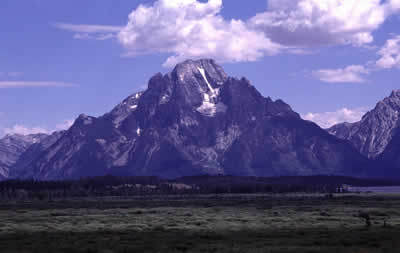 |
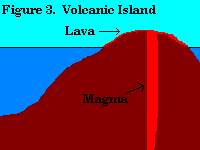 |
The map below shows some of the features of the ocean basin. These include ocean trenches such as the Marianas Trench in the Pacific Ocean that is over 11 kilometres deep. As well, there are abyssal plains, mid-ocean ridges, and sea mounts. In this part of the lesson, you will explore some of these features.

Tides and Waves
Part 2 Waves, tides, and ocean currents cause shorelines to change constantly. Surface waves continue to move sediment back and forth. Waves shape shorelines by eroding and depositing sediments.
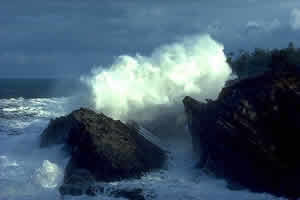
The tides also shape shorelines. Every day, tides raise and lower the place on the shoreline where surface waves erode and deposit sediments. The combination of waves and tides wear away the rocks to form hollows. Over time, these enlarge and become caves.
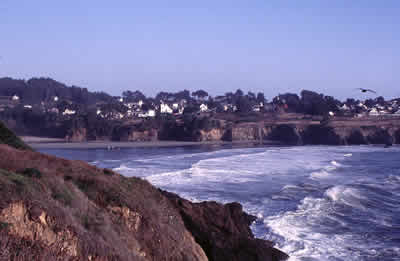
There are high tides and low tides each day. In some parts of the world, such as the coast of British Columbia and Alaska, there are two high tides and two low tides each day.
Rock fragments broken from the cliffs are carried by the endless motion of waves. They are transported as sediment by currents and act like sandpaper and aid in the erosion of the shore. Beaches are deposits of sediment made up of material of different sizes and shapes. In this part of the lesson, you will explore waves and tides and how they interact with the shoreline.
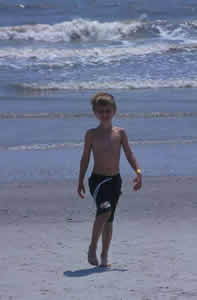
Read pages 348 - 353
Exercise 2.2: Making Waves
© 2002 Alberta Online Consortium
© 2002 Alberta Online Consortium
.
